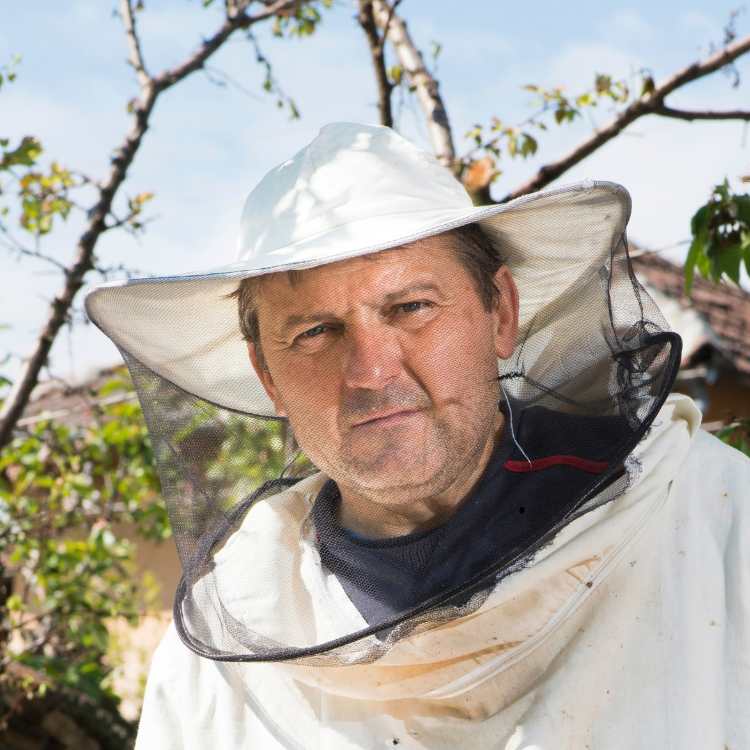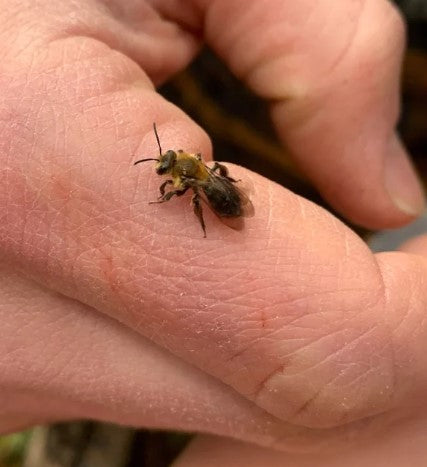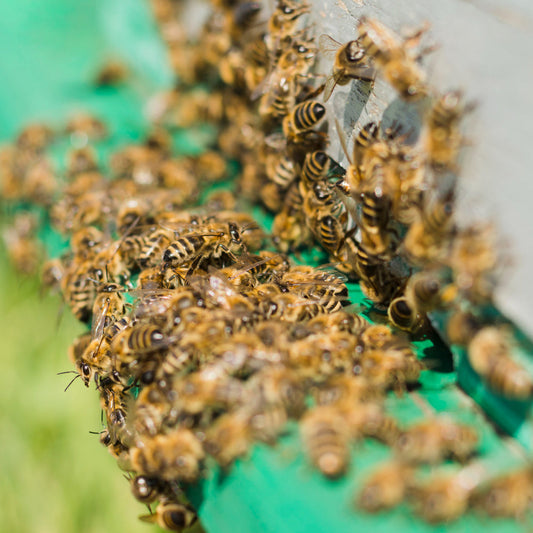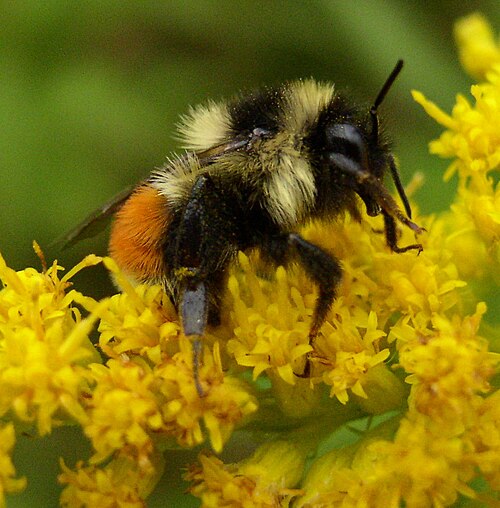Think of bees as the most important pollinators that are essential for the health of our ecosystems. Plus, they also contribute a lot towards agriculture. Did you know that these fuzzy buzzers contribute to over one thirds of all the crops we consume? That is a staggering amount of work that these bees take on. But what happens to these industrious bugs in the rain? Can bees fly in rain? Do they continue foraging even during the most wet conditions? Let’s explore the exciting science behind these bugs and understand how bees are able to cope with the forces of nature.
Bees and rain: Can they fly?
Let’s address the elephant in the room. Yes! Bees can fly in the rain. But do they really want to? Ideally, it is not safe for bees to fly in heavy rain, as this can pose significant challenges. While a light drizzle is not a problem for these buzzers, heavier downpours can lead to serious problems for bees. Bees are heavily reliant on their powerful wings. These flutter at a super astonishing rate of over 12,000 beats per minute. During heavy rain, water tends to collect on their body, which, in turn, makes them heavier and can disrupt their flight. Larger raindrops can even strike bees with enough force to knock them out of the air. So, this is perhaps why bees tend to stay in their hives during heavy rains. In case they are caught outside during a storm, they tend to seek shelter until the rain is over. So, this answers your question: can bees fly in rain.
Can bees fly in rain? Understanding the science of wet conditions
Wing mechanics and flight challenges
The wings of the bees are specifically adapted for efficient flight under dry and normal conditions. However, when wet, their ability to generate lift becomes severely compromised. The water adds weight to their bodies. Plus, the impact of rain also reduces their ability to fly and makes it a super energy intensive task during the rains.
Temperature and energy management
Wet and windy conditions can be highly cold and can pose significant risks to bees. This is because cold conditions can dramatically reduce the bee’s body temperature. Honey bees will need to keep their flight muscles warm to about 86 F before they are able to take off. During the rains, as the weather cools down, this entire warming process takes longer and thus their energy reserves are depleted very quickly.
Interaction with wind and rain
Windy conditions during rains further complicate matters. While bees can adjust their flight paths and speed to counter light winds, stronger gusts exceeding over 20 mph can prove to be very dangerous for bees. Flying against the wind requires much more energy than usual which makes it nearly impossible to navigate safely during storms.
How do bees prepare for rain?
These fuzzy buzzers are remarkably adept at anticipating bad weather. Recent studies have shown that honey bees often ramp up their foraging efforts several days before rain or storms. This means that bees often stock their hives with nectar and pollen well in advance to be able to sustain the colony.

Honeybees
When honey bees sense an impending storm, they quickly reinforce their hives by sealing crevices with propolis. Think of propolis as a natural resin like glue. This helps secure the hive structure against strong gusts and rain. Inside, the bees work rigorously to regulate the temperature and humidity to ensure the colony remains comfortable even during prolonged storms.
Bumblebees
These bugs are known for their resilience. Bumblebees continue to forage in colder and wetter conditions. So if you are wondering can bees fly in rain, bumblebees are much more adapted to the rains. They have unique mechanisms to regulate their body temperature by generating heat through their wing muscles. Some species of bumblebees are also known to produce glycerol, which is a type of antifreeze like substance that helps them to survive freezing temperatures.
Solitary bees
Solitary bees will avoid rain altogether, staying deep inside burrows, hollow stems, or other sheltered locations. Solitary bees will often emerge later in spring when the weather conditions are much more favorable.
What happens when bees are caught in a storm?
In case of a sudden rainstorm, if a bee is caught outside, it will instinctively seek immediate shelter, such as under leaves, in crevices, or near flowers. Once the rain stops, the bee will dry itself and use nearby nectar sources to relinquish energy before returning to the hive. However, without the warmth of the sun or access to fuel, wet conditions can quickly become life-threatening.

What can we learn from bees in rain?
Now that we have understood the science behind how can bees fly in rain, bees are able to exemplify resilience and adaptability in the face of environmental challenges. Thanks to their ability to sense weather changes, stockpile resources, and fortify their hives, bees are a true testament to the ingenuity of evolution. While the rains temporarily disrupt their activities, they come back stronger with better ways to adapt and thrive.
For us, this serves as a reminder to respect and protect these incredible creatures. Simple actions like bee friendly flowers, providing water sources, and avoiding pesticide use can make a significant difference in supporting their survival, rain or shine.
Ain’t it super fun learning about the wonderful world of bees? Can bees fly in rain? How can bees survive winters? Learn everything there is to know about these buzzers from our complete blog here.





